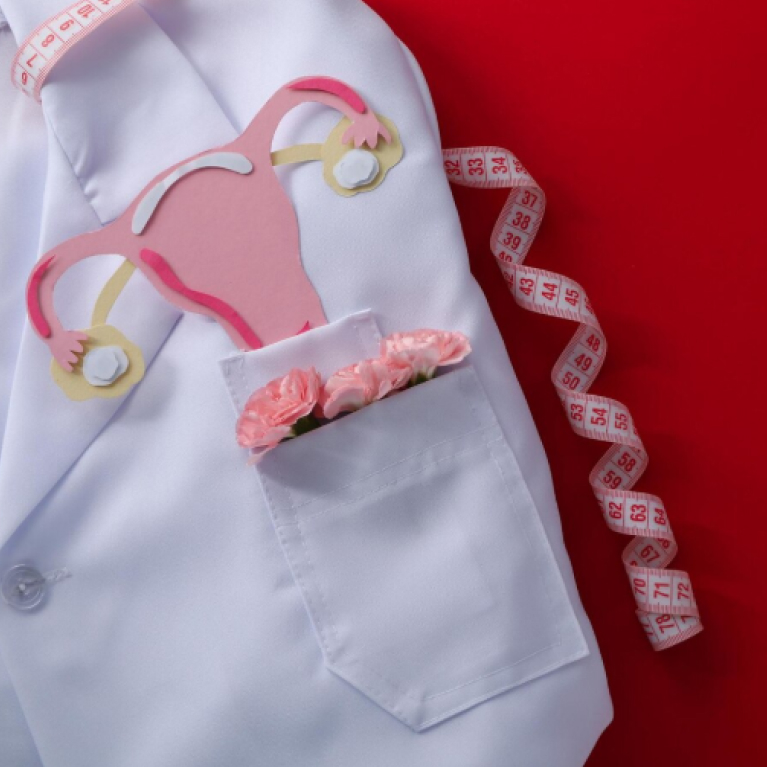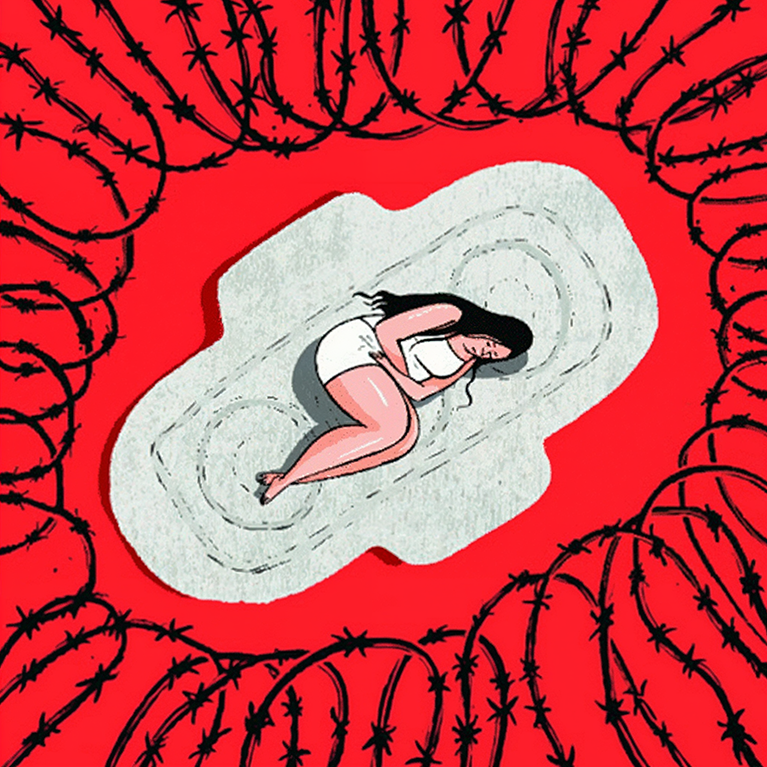The Latest Advances in Cervical Cancer Screening and Prevention

The Latest Advances in Cervical Cancer Screening and Prevention Hello! I’m Dr. Santoshi Nandigam, consultant gynecologist at The Birthwave Clinic, Chennai. In this comprehensive blog, we’ll explore what cervical cancer is, updates in screening, breakthroughs in prevention, and how we implement modern strategies at our clinic to protect women’s health. 1. Knowledge of Cervical Cancer The […]
Cultural Taboos and Reproductive Health: Breaking the Silence for Better Well-being

The Global Impact of Reproductive Health Taboos 1. Lack of Education and Awareness In many countries, reproductive health is not included adequately in school curriculums due to social discomfort. As a result: Young people enter puberty confused and afraid. Misinformation spreads through peer networks or unreliable online sources. Teenagers may not understand the risks of […]
Why to Maintain a Food Diary:

Why to Maintain a Food Diary: A Key to Mindful Eating and Fertility Why to Maintain a Food Diary Healthy Foods : When I ask my patients trying to conceive about their eating habits, they often draw a blank. Questions like “What did you have for breakfast yesterday?” or “When was the last time you […]
